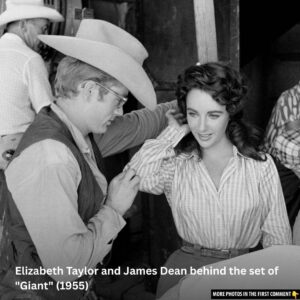Blazing Saddles, the 1974 Western comedy directed by Mel Brooks, is a timeless masterpiece that continues to amuse and provoke thought. This article explores the making of “Blazing Saddles,” its plot and characters, satirical elements, controversial themes, critical reception, and enduring legacy. Discover the secrets behind this comedy classic and its significant impact on the world of cinema.
The Making of Blazing Saddles
The creation of Blazing Saddles was a journey filled with creativity and bold decisions. Mel Brooks, known for his fearless approach to comedy, co-wrote the screenplay with Richard Pryor, Andrew Bergman, Norman Steinberg, and Alan Uger.
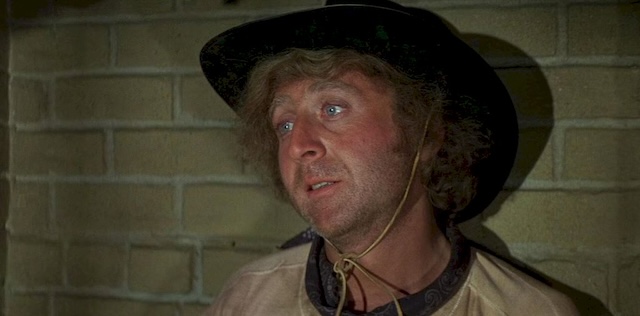
The film was produced by Michael Hertzberg and starred Cleavon Little as Bart, the first black sheriff of Rock Ridge, and Gene Wilder as the Waco Kid. The production faced numerous challenges, including studio skepticism and concerns over its provocative content, but Brooks’ vision ultimately prevailed.
Plot and Characters
“Blazing Saddles” follows the story of Bart, a black railroad worker who is appointed as the sheriff of the all-white town of Rock Ridge as part of a scheme by the corrupt State Attorney General Hedley Lamarr to drive the townspeople away and seize their land.
With the help of the washed-up gunslinger, the Waco Kid, Bart sets out to win over the townspeople and thwart Lamarr’s evil plan. The film is populated with a colorful cast of characters, including the seductive Lili Von Shtupp, the bumbling Governor William J. Le Petomane, and the villainous Hedley Lamarr.
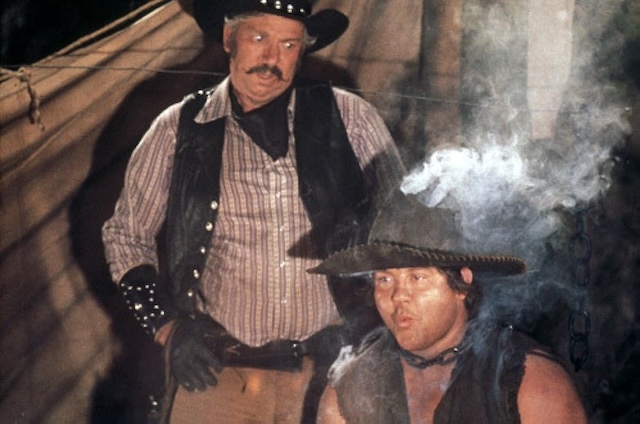
Satirical Elements and Humor
Blazing Saddles is renowned for its sharp satire and irreverent humor. The film parodies the Western genre, turning its conventions on their head and using comedy to expose the absurdity of racism and prejudice.
Brooks employs a variety of comedic techniques, including slapstick, wordplay, and breaking the fourth wall, to create a film that is both entertaining and thought-provoking. Iconic scenes, such as the campfire bean-eating sequence and the climactic breaking of the fourth wall, showcase Brooks’ unique comedic style.

Controversial Themes
The film’s treatment of race and racism is both audacious and controversial. Blazing Saddles tackles these sensitive topics head-on, using humor to highlight the irrationality and injustice of racial prejudice. While some critics have praised the film for its boldness and social commentary, others have found its use of racial slurs and stereotypes troubling. Despite the controversy, “Blazing Saddles” remains a significant work for its willingness to confront difficult issues through comedy.
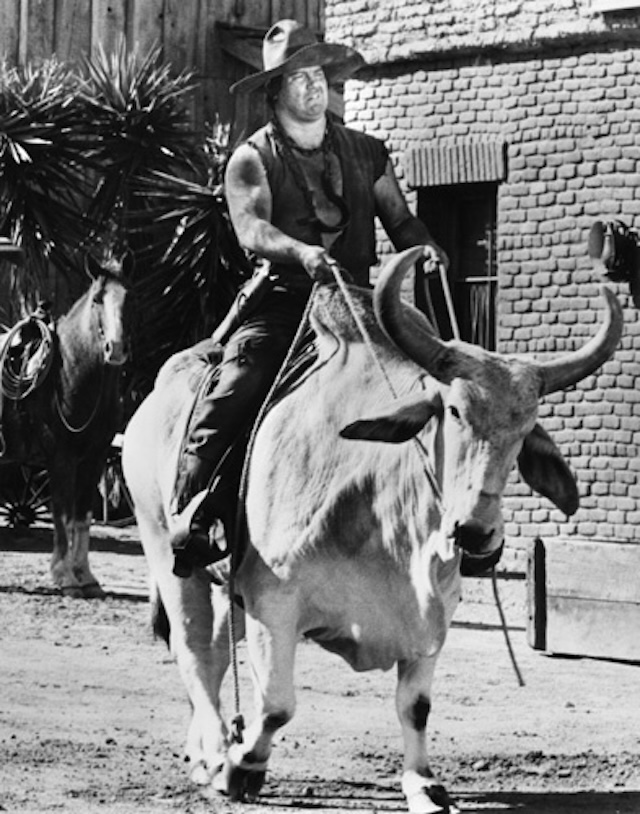
Critical Reception
Upon its release, “Blazing Saddles” received a mixed response from critics. Some hailed it as a comedic masterpiece, while others were less enthusiastic about its provocative content. Over time, however, the film has gained recognition as a classic of American cinema. It was nominated for three Academy Awards and has been included in numerous “best of” lists, cementing its status as a landmark in comedic filmmaking.
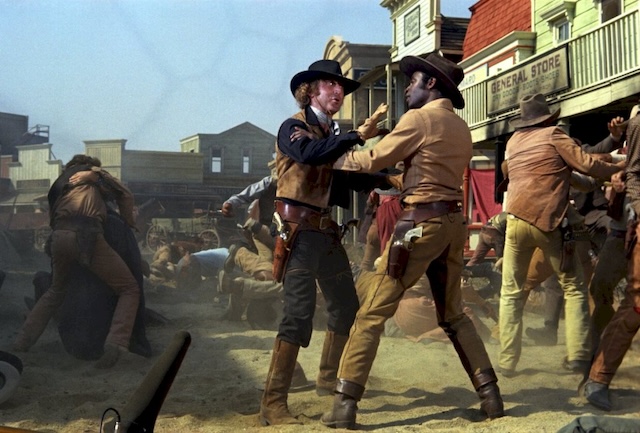
Blazing Saddles: Legacy and Influence
The influence of Blazing Saddles extends far beyond its initial release. The film has inspired countless comedians and filmmakers, and its impact can be seen in the works of modern satirists and parody artists. Its fearless approach to comedy and social commentary has set a high standard for the genre, and its legacy continues to be celebrated by audiences and critics alike.
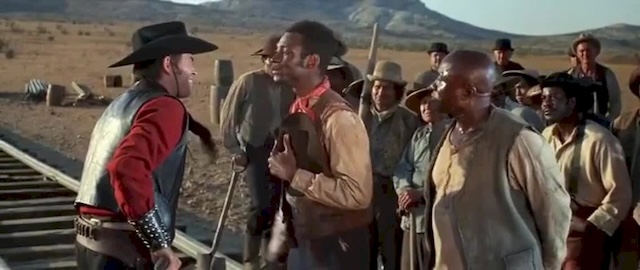
“Blazing Saddles” has also been preserved in the National Film Registry, ensuring that its wild, wacky, and controversial journey will be remembered for generations to come.
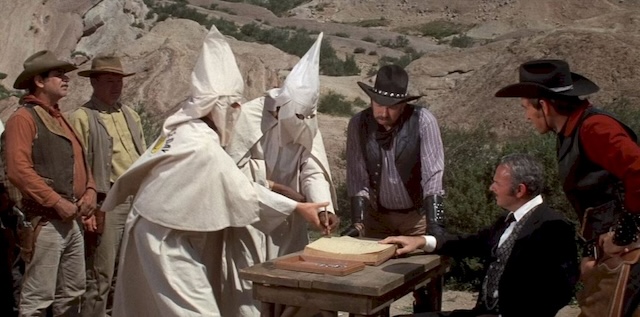
To see more photos:
Blazing Saddles is a comedy classic that has left an indelible mark on the world of cinema. Its blend of humor, satire, and social commentary makes it a unique and enduring work that continues to resonate with audiences. As we reflect on its wild, wacky, and controversial journey, we are reminded of the power of comedy to challenge societal norms and provoke thought. “Blazing Saddles” remains a testament to Mel Brooks’ genius and a milestone in the history of film.

